Nearly a year-and-a-half since the initial launch of the fourth cycle of the Mies Crown Hall Americas Prize (MCHAP) in Venice, six finalist projects have been announced. The reveal, made during a February 11 event held in Medellín, Colombia, follows last June’s unveiling of 39 “outstanding” projects identified by the prize’s Sandra Barclay–chaired jury. Spread across North and South America, all six finalist projects vying for the biennial award were completed between December 2018 and June 2021.
“For us, this group of projects reflects and represents the concerns and investigations that are critical to architectural production at this time,” said Barclay in a statement. “We made an effort to analyze the quality and impact that each one of them has on their environment and community measured in response to the contextual conditions.”
“These six projects are meaningful architecture that transforms the lives of the people who use and inhabit them,” added Barclay, a Lima– and Paris-based architect who was joined on the 2023 MCHAP jury by prize director Dirk Denison, an architect and professor at the Illinois Institute of Technology (IIT)’s College of Architecture, along with Monica Bertolino, Alejandro Echeverri, Julie Eizenberg, and Philip Kafka. The announcement of the finalists concludes an extensive jury tour period, which included interviews with each respective project’s architect, design team, and client.
The winning project will be announced at a March 24 symposium held at IIT, and will be honored with the MCHAP Award along with the MCHAP Chair in IIT’s College of Architecture and $50,000 to fund research and a publication.
Below are the six finalists, accompanied by a short description and a full statement on each project from one of the prize jury members.
Anahuacalli Museum remodeling and expansion | Taller Mauricio Rocha
Mexico City
A sensitive dialogue with an existing museum in an ecological reserve, forging a new public space that extends Diego Rivera’s vision for the site
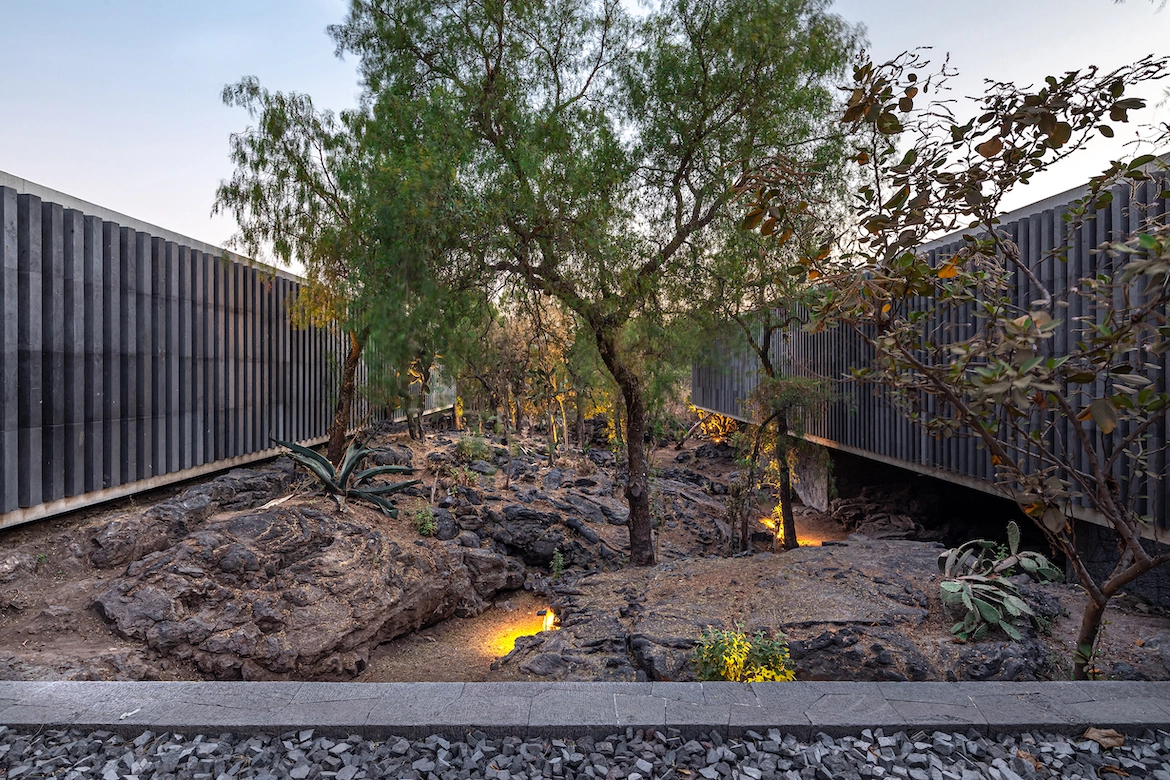
Anahuacalli Museum, Mexico City. Photo by Onnis Luque
It converts the original monument—a strong, introverted building—into a dynamic, friendly place, scaled for the human and open to the community. The extension beautifully introduces Mexico City and the world to the collection’s reserves, provides inspired spaces for workshops and classes, and allows visitors to freely explore the grounds of the project. The building honors the unique lava-formed topography by sitting just above it; in doing so, it creates unexpected ambiguous spaces in the shadows of the new buildings.
Mauricio Rocha works in a very subtle and sensitive way and respects the history and memory of the original buildings, their intent, and the natural habitat in which they exist. He creates an experience that is connected and at the same time distinct. His project honors the past, but also distinguishes itself, and in doing so, takes the institution’s performance and ability to engage to another level.
Rocha reveals and incorporates the lava landscape that demands and deserves admiration. His buildings allow visitors to discover and integrate it into their imagination and consciousness. By incorporating it, the project beautifully connects to the place, roots itself there, and generates a sense of belonging."—Sandra Barclay
Guadalupe Market | Colectivo C733
Tapachula, Mexico
A framework for everyday exchanges that leverages prefabricated and local materials to prioritize comfort, safety, and a connection with landscape
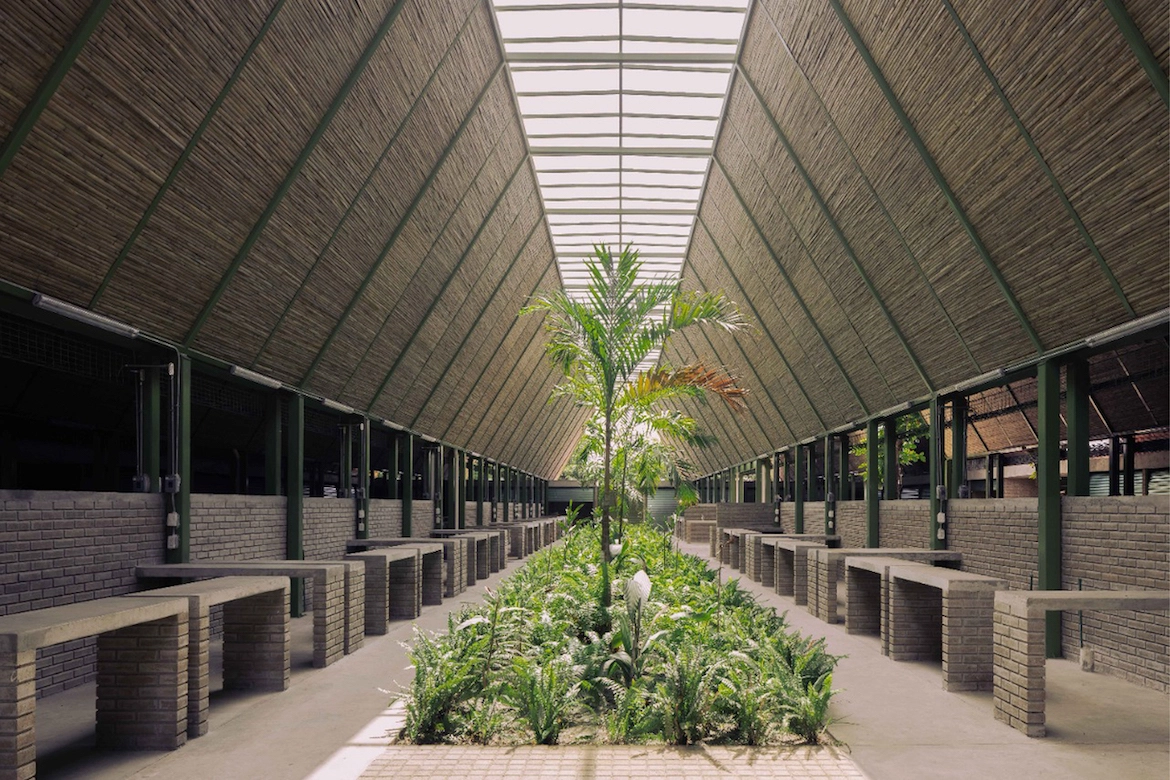
Guadalupe Market, Tapachula, Mexico. Photo by Zaickz Moz
The new building is the answer to an existing popular market and needed to accommodate a high degree of complexity and both formal and informal social activities. It has been immersed in a negotiation process to authorize its occupation even with the building already finished. The design of the building is defined by the fluid crossroads of circulation paths, the ventilation and natural lighting from the roof that shelters the market, and the relationship between the open exterior spaces and the commercial activity on the interior.
The deck roof is dressed in bamboo surfaces bathed in natural light, which make a memorable space. Its geometry enables the evacuation of hot air for extreme weather and rainwater collection to irrigate the outdoor gardens. The interior of the market is conceived from flexible modules, forming the circulation paths that organize the different sales areas. We hope that the market will become a place for the people of the neighborhood, with circulation full of activity, light, and exchange, between the interior spaces and the activities of the gardens and exterior plazas." —Alejandro Echeverri
The Menil Drawing Institute | Johnston Marklee
Houston
An addition to a historic arts campus that meets strict conservation requirements while offering intimate, direct encounters with works on paper
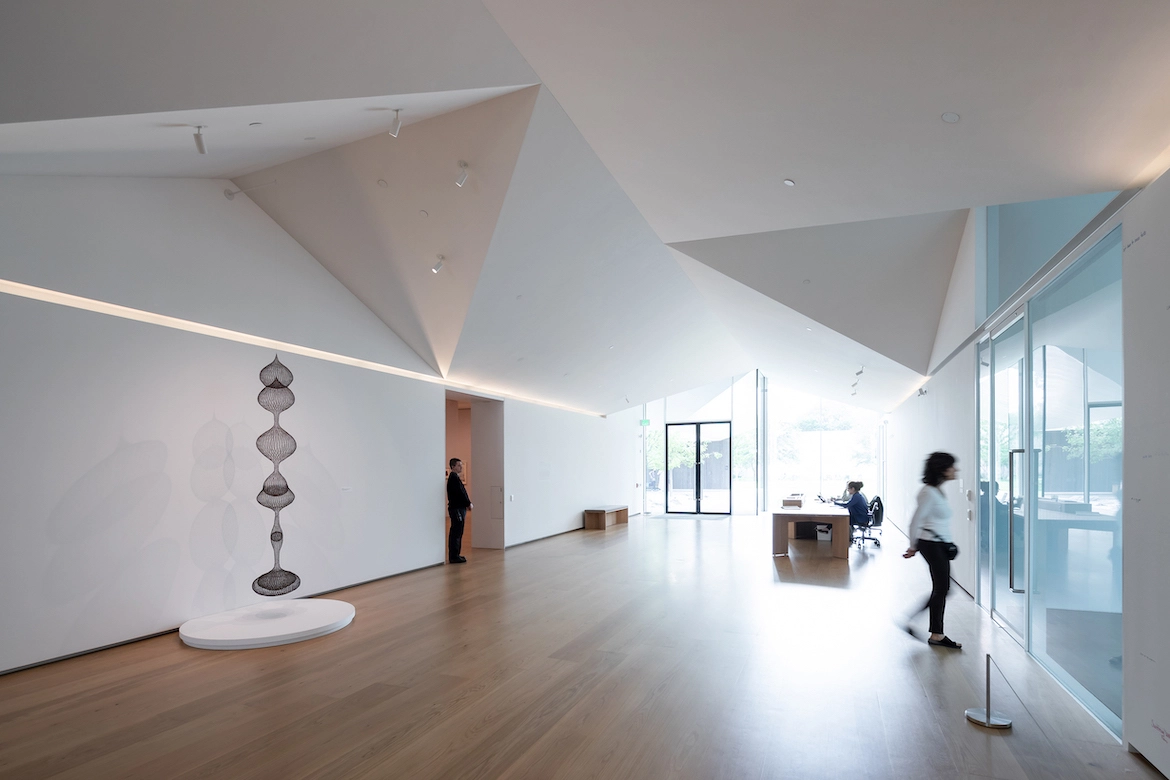
Menil Drawing Institute, Houston. Photo by Iwan Baan, courtesy the Menil Collection, Houston
Park in the Prado neighborhood | Mayor’s Office of Medellín – Secretary of Infrastructure
Medellín, Colombia
A succession of terraces that thoughtfully engage the activities of animals, qualities of soil, and existing materials to shape a living urban landscape
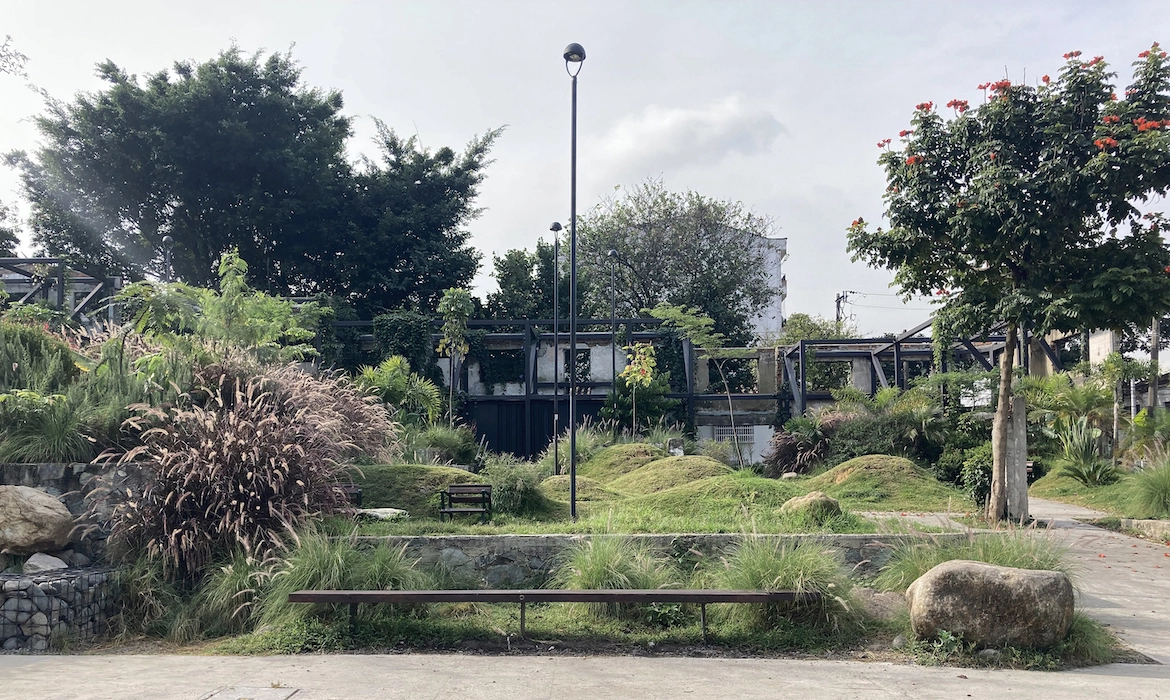
Park in Prado neighborhood, Medellín, Colombia. Photo by Isaac Ramírez Marín
This project dissolves boundaries between nature, city, architecture, public space, landscape, and infrastructure; at the same time, it honors and connects the urban fabric. It does this by implementing new strategies: reusing existing abandoned structures and their materials, not erasing or demolishing, but by carefully dismantling and putting them back to work, and by intelligently managing water and using native vegetation. The result is a place that contributes to biodiversity providing plants, insects, and people a place to grow and intersect naturally.
These strategies come together to produce a project of high social impact, low maintenance, high environmental quality, that connects neighborhoods, and offers a comprehensive relationship to nature, territory, city and culture. The philosophy behind this project by Edgar Mazo and his team is manifested with clarity and quality. This project is a turning point and reference in the design of public spaces and opens new paths toward the future."—Monica Bertolino
The Polygon Gallery | Patkau Architects
North Vancouver, British Columbia
A studio-like exhibition space that reestablishes a relationship between city residents and a dynamic, independent arts center
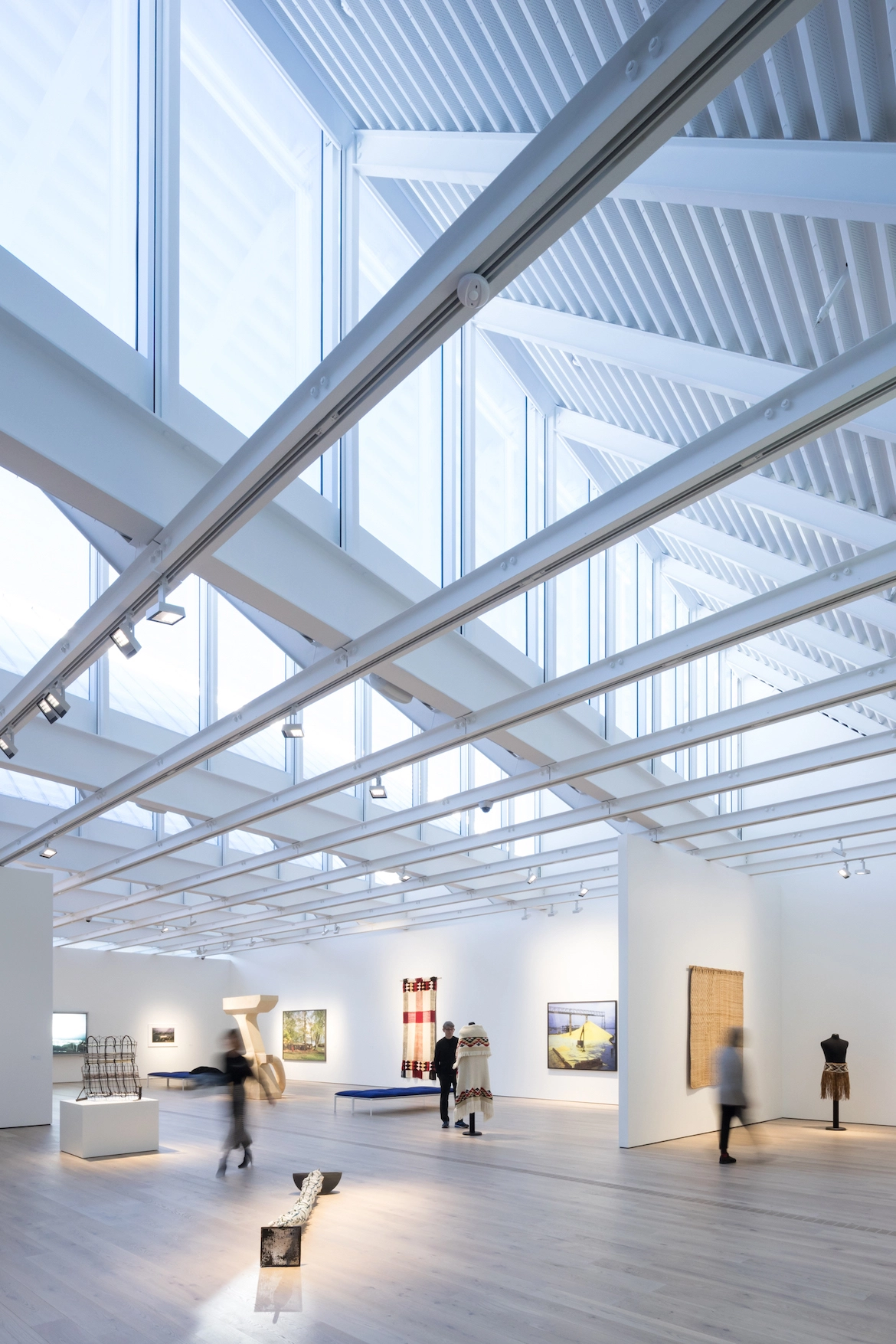
Polygon Gallery, North Vancouver, B.C. Photo by Ema Peter
We were impressed by the poetic economy of means established with the softly reflective skin that changes with the light conditions to amplify its watery setting. Inside, a sawtooth roof floods the interior with light and an ingenious approach to infrastructure allows spaces to be quickly reconfigured for varying event and exhibition needs.
The compact building’s eloquent simplicity establishes a strong connection to the street and outdoor spaces and generously accommodates social energy. This refreshingly straightforward building, achieved on a modest budget, punches way above its weight." —Julie Eizenberg
Valois Housing Building | José Cubilla
Asunción, Paraguay
An apartment building that explores the urban possibilities of rammed-earth construction, integrating vegetation and ventilation without imposing on the surrounding neighborhood
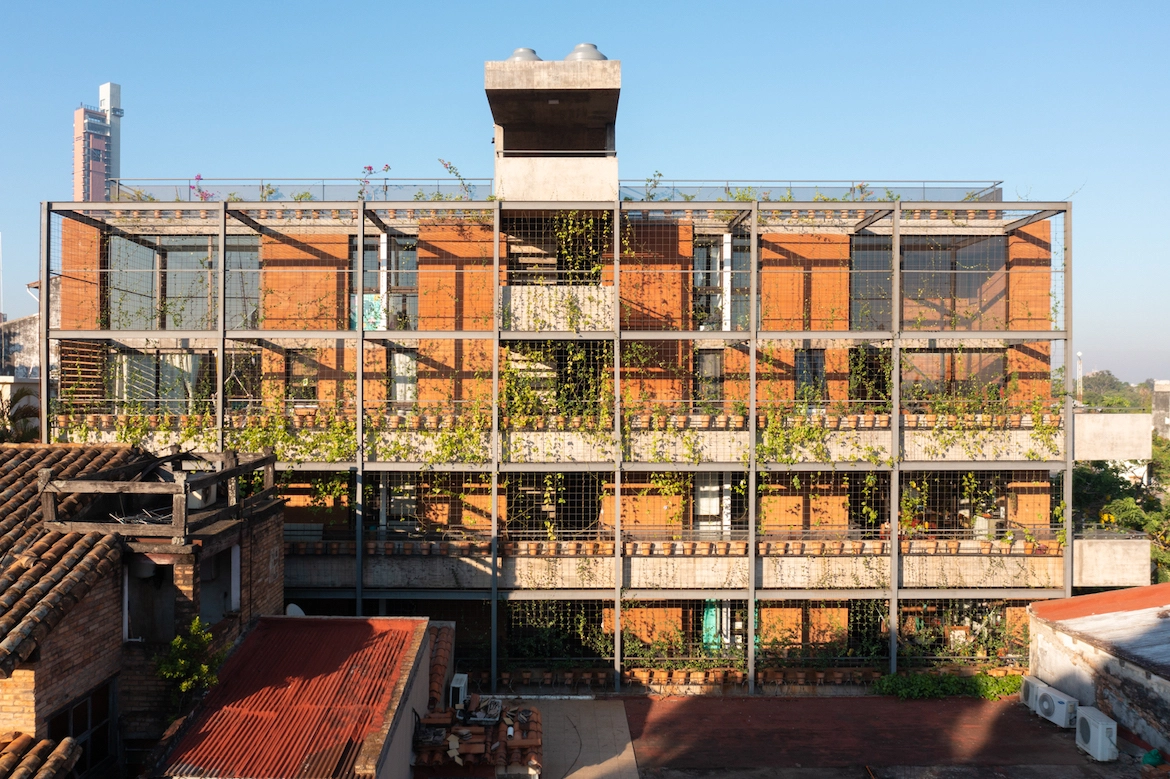
Valois Housing Building, Asunción, Paraguay. Photo by Luis Ayala


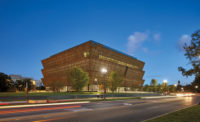
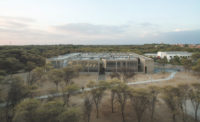
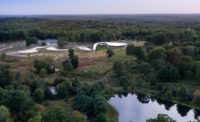
Post a comment to this article
Report Abusive Comment